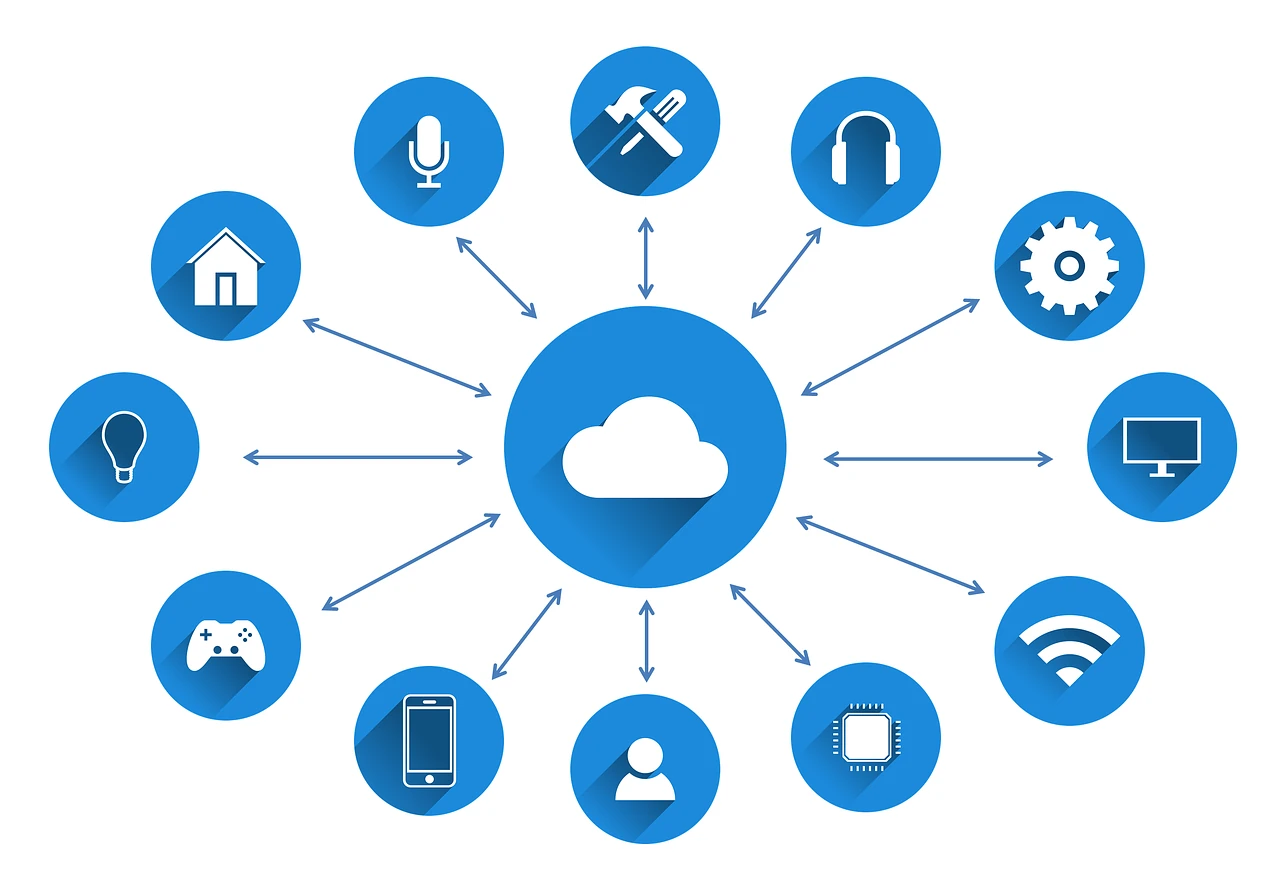In our digital age, where connectivity is a norm, safeguarding your home network is paramount. While the prospect of securing your network might seem overwhelming, especially for non-technical users, it’s not as complex as it may appear. With a bit of knowledge and some practical steps, you can significantly enhance your home network security. In this extended guide, we’ll delve into each aspect of home network security, providing a more comprehensive understanding along with additional tips and insights.
Understanding Network Components
Before diving into security measures, let’s briefly understand the key components of a home network:
- Modem: This device connects your home to the internet, usually provided by your internet service provider (ISP).
- Router: The router manages network traffic within your home. It connects multiple devices, both wired and wireless, to the internet.
- Devices: These include computers, smartphones, tablets, smart TVs, gaming consoles, and IoT (Internet of Things) devices like smart thermostats or security cameras.
- Firewall: A firewall acts as a barrier between your network and external threats. It filters incoming and outgoing traffic based on predefined security rules.
Essential Security Measures
- Change Default Settings: Begin by changing default settings on your router and other devices. Default usernames and passwords are often easily guessable, making them vulnerable to attacks. Choose strong, unique passwords for your router’s admin panel and Wi-Fi network.
- Keep Firmware Updated: Manufacturers release firmware updates to patch security vulnerabilities and improve performance. Regularly check for and apply these updates through your router’s admin interface.
- Secure Wi-Fi Networks: Use strong encryption protocols like WPA3 or WPA2 for your Wi-Fi network. Avoid using WEP (Wired Equivalent Privacy) as it’s outdated and easily cracked.
- Guest Networks: Set up a separate guest network for visitors. This network should have limited access to your main network and use a different password.
- Two-Factor Authentication (2FA): Enable 2FA for sensitive accounts and services whenever possible. This adds an extra layer of security by requiring a second form of verification.
- Disable Unused Services: Turn off features like UPnP (Universal Plug and Play) and remote management if you don’t need them. These features can be exploited by attackers if left enabled.
Red Flags and Security Awareness
Apart from implementing security measures, it’s essential to be aware of potential threats and red flags:
- Slow Network Performance: If your internet connection suddenly becomes slow or unreliable, it could indicate unauthorised access or malware on your network.
- Unknown Devices: Regularly review the list of connected devices in your router’s admin panel. Remove any devices that you don’t recognize or no longer use.
- Phishing Attempts: Be cautious of suspicious emails, messages, or phone calls asking for personal information or urging urgent actions. Verify the sender’s identity before responding or clicking on any links.
- Unsecured IoT Devices: Internet-connected devices like cameras, thermostats, or smart speakers should be secured with strong passwords and regularly updated firmware to prevent hacking attempts.
Additional Resources and Support
If you need further assistance or guidance:
- Online Tutorials: Many websites provide detailed tutorials and guides tailored to specific router models and security configurations.
- Manufacturer Support: Visit your router manufacturer’s website for resources, firmware updates, and user manuals.
- Tech Support Services: Reputable tech support services can offer guidance and assistance in securing your home network. Consider reaching out to them for personalized advice.
Securing your home network is an ongoing process that requires attention and awareness. By implementing the mentioned security measures, staying vigilant for potential threats, and utilising available resources, you can significantly reduce the risk of cyberattacks and protect your sensitive information. Take charge of your digital security to enjoy a safe and secure online experience for you and your family.

